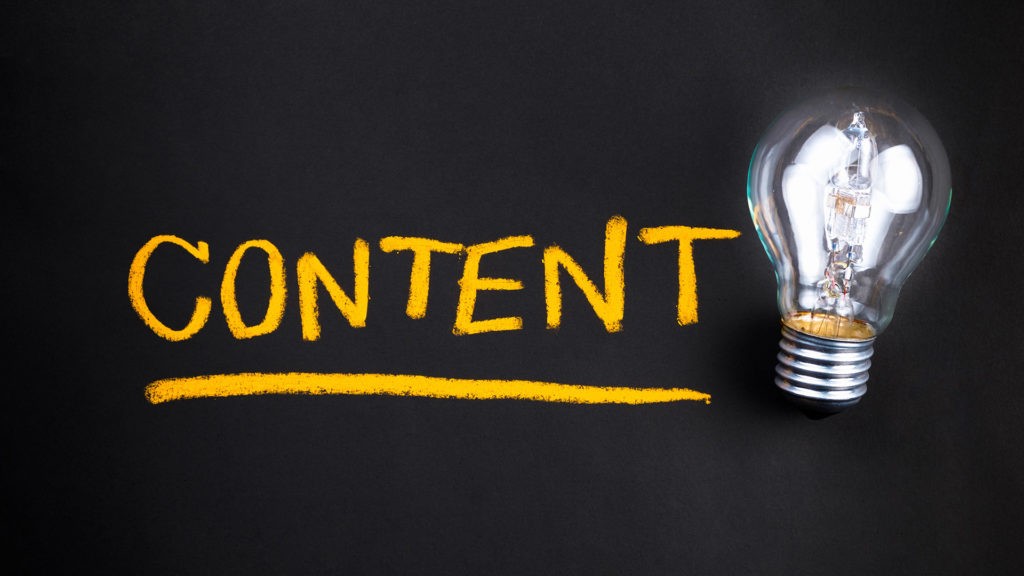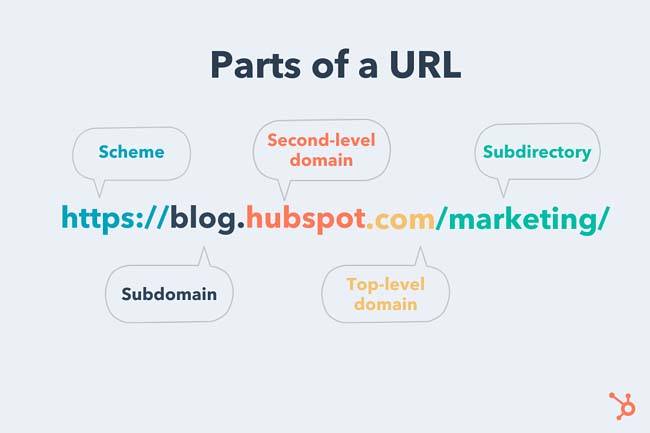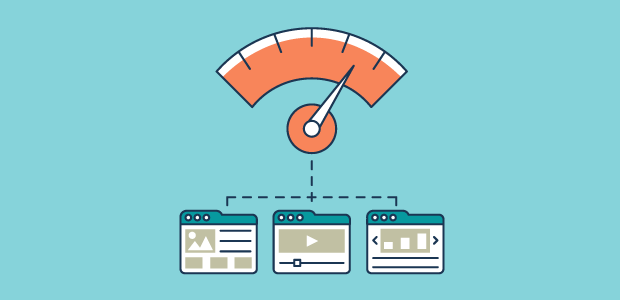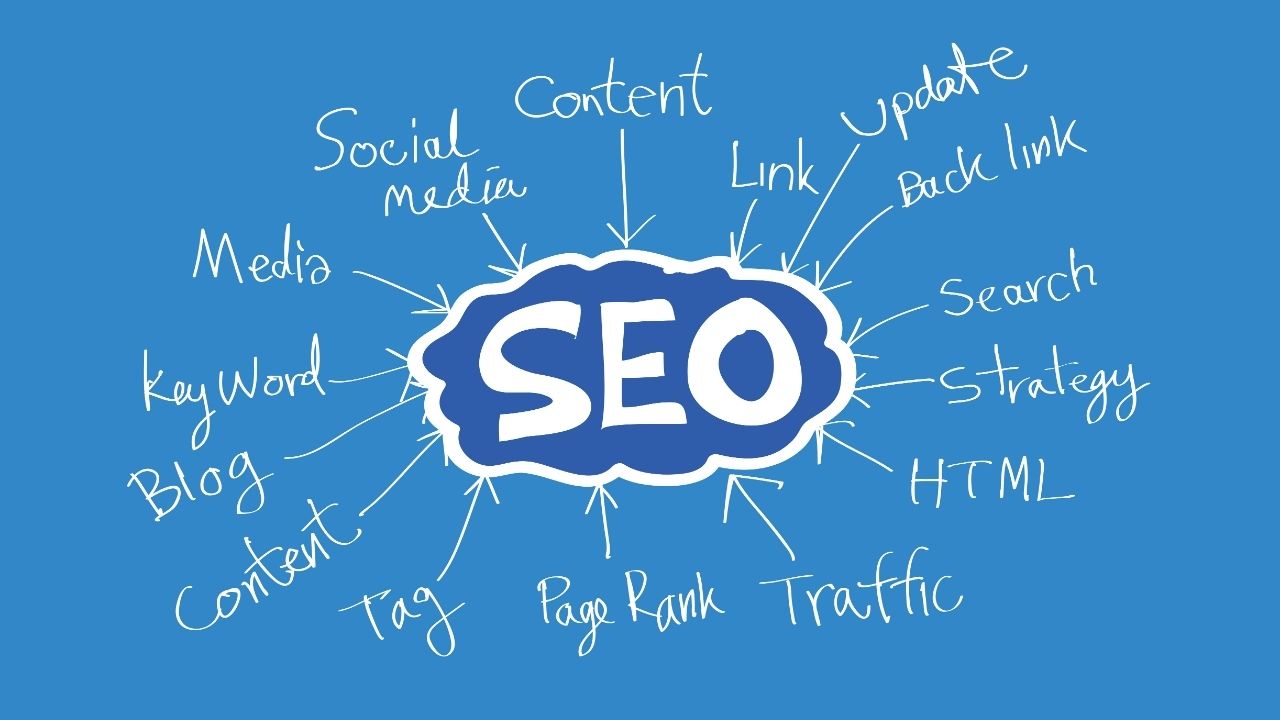On-page SEO is one of the most important aspects of any successful SEO campaign. It’s also one of the most difficult to get right. There are a lot of factors to consider, and even small changes can make a big difference in your search engine rankings. In this article, we’ll teach you how to do on-page SEO like a pro. We’ll cover everything from meta tags to website structure, and we’ll give you some tips and tricks that will help you improve your rankings and earn more traffic from Google and other search engines.
1. What is on-page SEO and why is it important for your website or blog?
On-page SEO (also known as on-site SEO) is the process of optimizing your website or blog for the search engines. It includes optimizing your web pages, titles, descriptions, and keywords so that your site can rank higher in the search results.
Why is on-page SEO important?
Because it helps you get more traffic from the search engines. If you have a high ranking in the search results, you’ll get more clicks and visits to your website. And if you have a well-optimized website, you’ll be able to convert more of those visitors into customers or leads.
There are two main types of SEO: on-page SEO and off-page SEO. On-page SEO is the process of optimizing your website for the search engines. It includes optimizing your web pages, titles, descriptions, and keywords so that your site can rank higher in the search results. Many people question is how much time my site will take to rank in the search engines, we have a written an article on it at https://seotraffichero.com/private-blog-network/how-long-does-seo-takes-to-rank-a-website/
Off-page SEO is the process of building backlinks to your website from other websites. Backlinks are links from other websites to yours, and they’re important because they help improve your website’s search engine ranking.
2. How to study your competitor’s SEO Strategy
As you begin to improve your on-page SEO, it’s important to keep an eye on what your competitors are doing. After all, they may be ranking higher than you in the SERPs, and you’ll want to know why.
One way to do this is by studying their SEO strategy. This can involve things like looking at their keyword usage, examining their backlink profile, and seeing what kind of content they’re producing.

By taking the time to study your competitor’s SEO strategy, you can learn a lot about what works and what doesn’t. This will help you fine-tune your own on-page SEO so that you can start ranking higher in the SERPs.
3. On-Page SEO Checklist
Use this On-Page SEO checklist to make sure you’re covering all your bases when it comes to optimizing your website.
Meta tags: Do your meta tags include your target keywords? Are they unique and descriptive?
Title tags: Are your title tags catchy and informative? Do they include your target keywords?
Headings: Are your headings well-written and relevant to your content? Do they include your target keywords?
Content: Is your content well-written and informative? Does it include your target keywords?
Images: Do your images have descriptive alt text that includes your target keywords?
Links: Do you have links to high-quality websites? Do your links use your target keywords as anchor text?
Website structure: Is your website easy to navigate? Is it mobile-friendly?
By following this On-Page SEO checklist, you can be sure that your website is optimized for the search engines.
4. Tips for creating compelling content that will engage readers and rank well in search engines
If you want your website to rank well in search engines, it’s not enough to simply stuff your pages with keywords. You need to create compelling, original content that engages readers and provides value. This means writing articles, blog posts, and other types of content that are interesting, informative, and well-written. It also means creating content that is keyword rich and relevant to your business or industry. learn more about creating compelling content by clicking here

One way to ensure that your content is engaging and ranks well in search engines is to use social media to promote it. When you share your content on social media sites like Twitter and Facebook, you’re more likely to get clicks and traffic from potential customers and clients. And when you share your content on these sites, you’re also more likely to get social signals, which can help your content rank higher in search results.
Another tip for creating great content is to make sure that your website is well-designed and easy to navigate. If potential customers can’t find what they’re looking for on your site, they’re not likely to stick around for long. Make sure that your navigation is clear and easy to follow, and that your website’s design is clean and professional. This will give visitors a good impression of your business, and it will make it more likely that they’ll stay on your site and continue reading your content.
These are just a few tips for creating better on-page SEO. For more information on how to improve your website’s ranking
5 Content that satisfies search intent
Unique, valuable articles may get you on Google’s first page. However, to be there, you have to satisfy the search intent. Your page must be exactly what your Google search engine is looking for. Aside from this, your site will most likely end up in an empty section. It’s an error I learned hard. I published an article recently which had the most popular BackLink checking apps on the market. My intent was to rank on backlinks. After I released this post several days later I checked Google’s search results. The first page results reflected tools. 10 of 10 results came from a tool to check a backlink.
6. Build a strategic content calendar and keep posting
One of the most important things you can do for your website is to keep posting new, original, and high-quality content. This will not only help you attract new visitors, but it will also help you improve your rankings in the search engines.
The best way to keep your content strategy on track is to build a content calendar. A content calendar is a tool that helps you plan and publish your content in a way that’s both effective and efficient.
7. Tools and resources to help you with your on-page SEO efforts
If you want to take your on-page SEO efforts to the next level, there are a few tools and resources that can help you.
One of the most popular is Google Search Console. This free tool from Google allows you to see how your site is performing in the search results, and it can also help you find and fix any errors that might be holding you back.
Another great resource is Moz’s On-Page Grader. This tool will analyze your page and tell you what you need to do to improve your on-page SEO.
Finally, if you want someone to take a look at your site and give you personalized advice on how to improve your on-page SEO, you can contact an SEO agency or consultant.
These are just a few of the many tools and resources that are available to help you with your on-page SEO efforts. With the right tools and resources, you can take your on-page SEO to the next level and start seeing better results in search engines.
8. Pick the right domain name for
Your domain name is one of the most important factors in on-page SEO. A good domain name should be short, easy to remember, and relevant to your business.
If you’re just starting out, you might not have a lot of choice in what domains are available. But if you’re able to choose, pick a domain that’s short, easy to remember, and relevant to your business. The right domain name can make a big difference
9. Choose a high-speed website hosting provider
Your website’s hosting provider can also affect your on-page SEO. A high-speed hosting provider will ensure that your pages load quickly, which is important for both users and search engines.
There are a lot of factors that go into choosing a hosting provider, but speed is one of the most important. If you’re looking for a high-speed hosting provider, we recommend SiteGround. They offer fast, reliable hosting at an affordable price.
No matter what hosting provider you choose, make sure that they offer fast, reliable hosting. Speed is important for both users and search engines, and it can have a big impact on your on-page SEO. learn more about how to find hosting at https://seotraffichero.com/pbn/how-to-find-hosting-for-private-blogs-network/
10. Research keywords and create your keyword map
Before you start writing your content, it’s important to do some keyword research. Keyword research will help you determine which keywords to target on your website.
There are a number of different tools that you can use for keyword research, but we recommend using Google Keyword Planner. This free tool from Google will help you find the right keywords for your website.
Once you’ve done your keyword research, it’s time to create a keyword map. A keyword map is a list of all the keywords you want to target on your website, and it will help you plan and organize your content.
To create your keyword map, simply make a list of all the keywords you want to target, and then group them together by topic. For example, you might have a group of keywords for your “About” page, and another group of keywords for your product pages.
Organizing your keywords into groups will help you plan and organize your content in a way that’s both effective and efficient.
11. Use your target keyword in the first 100 words
It’s a classic SEO technique that remains effective. Just use the keyword once in 100-150 words. For example, when I created the article optimizing around the keywords “ Email Marketing ”, I immediately cited those keywords. What are your views on the topic? Google has more importance placed on words appearing at a certain point on your webpage. That seems to be right. Click here to read the article on the Keto Diet. What are Keto diets? What’s the reason for using them as the main ingredient? No. It’s a good idea to drop a keyword somewhere around 200.
12. Keyword frequency
Keyword frequency refers to the number of times your keyword is displayed on your page. SEO experts who are in the business can tell you that this really is a great system. Imagine you’re using GoogleThINKS to find the right keywords on the website that are related to the keywords you want. However, these terms appear only once on a webpage. Can you tell if the site’s content is related to the keyphrase? I can’t say much about this thing. If the page mentions 10 keywords, Google is able to make its subject more relevant and reliable. It’s not just keywords.
13. Ensure an optimized URL structure
Your website’s URL structure is another important factor in on-page SEO. A well-optimized URL structure will help you rank higher in the search engines and attract more traffic from Google and other search engines.

To optimize your URL structure, keep your URLs short and relevant to your content. Avoid using long, complicated URLs that are difficult to remember. And make sure to include keywords in your URLs, so that both users and search engines can easily find your content.
14. Implement a responsive design
In today’s mobile-first world, it’s important to have a responsive design for your website. A responsive design will ensure that your website looks great and works well on all devices, from smartphones to tablets to desktop computers.
Responsive design is important for two reasons. First, it’s important for users. A responsive design will make it easy for users to use your website on any device. Second, it’s important for search engines. Google and other search engines now penalize websites that are not mobile-friendly, so a responsive design is essential for good on-page SEO.
15. Image optimization
Images are a requirement in SEO. Start by naming the files descriptively, separated by hyphens. Optimize the file sizes to get it to load quicker whilst retaining the picture quality. If your site has images with a maximum resolution of 300 kb, it can slow your page loading and this could damage your search engine ranking.

It is simple to use tools such as TinyPNG ImageOptim or WP Smush. Lastly, add text to image alt tags with the appropriate keywords sometimes found inside text. This text helps Google understand images better.
16. Use social media to promote your content
Social media is a great way to promote your content and improve your on-page SEO. When you share your content on social media, you’ll attract new visitors and earn more traffic from Google and other search engines.

Plus, social signals are now a ranking factor in the search12. Use high-quality images
Make sure to use high-quality images on your website. Low-quality images will make your website look unprofessional and can hurt your on-page SEO.
Images are also a great way to add keyword-rich content to your website. When you include keywords in your image file names and alt tags, you’ll be more
17. Observe accessibility guidelines
Make sure your website is accessible to everyone. Observe accessibility guidelines, so that users with disabilities can easily use your website.
Accessibility is important for two reasons. First, it’s important for users. Accessible websites are easy for everyone to use, regardless of ability. Second, it’s important for search engines. Google and other search engines now penalize websites that are not accessible, so following accessibility guidelines is essential for good on-page SEO.
18. Internal linking
It is important that internal linking is used to help search engine optimization. A comprehensive internal linking framework strengthens context and relevance in addition to your content coverage on a topic. The links on the external web page have an excellent interface. They are primarily used to help people learn about your website and can give you hints about your product, which includes additional blogs and valuable case studies. A strong external linking plan can also help reduce bounce rate as well as improve other data metrics such as conversion rate and average session duration. In the case of online optimization, you should have internal hyperlinks to other relevant websites which will make them visible to your visitors.
Conclusion
On-page SEO is essential for any website that wants to rank higher in the search engines. By following the tips and tricks in this article, you can improve your on-page SEO and earn more traffic from Google and other search engines. Thanks for reading!
If you have any questions or comments, please feel free to leave them







